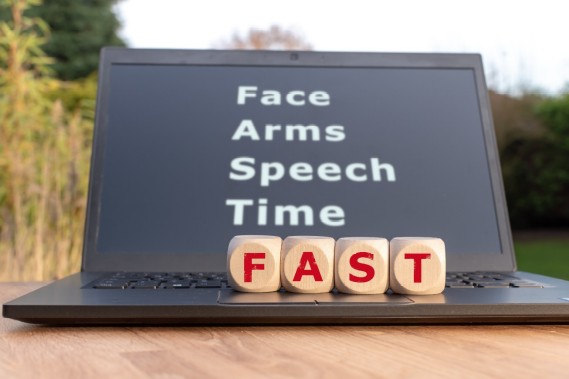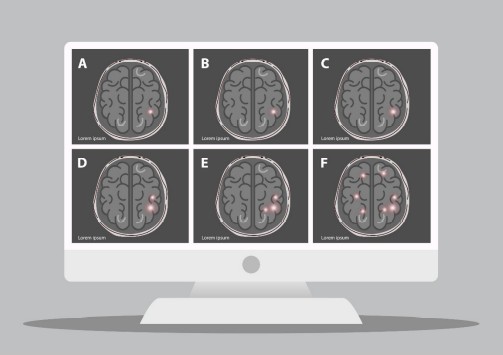Minor Warning Signs of Stroke that Can Save Your Life
We might think of a stroke as something that only affects elderly people, but a stroke can happen to anyone, at any age, and often without obvious cause. Dr. David Zagzag says that as one of the leading causes of death in the country, it’s important to recognize the minor signs of stroke, as they could be lifesaving.
BE FAST – More Than Just an Order
The BE FAST mnemonic serves as a checklist against which to check for signs of stroke. Symptoms can appear quickly, but only one of them should prompt a visit to the ER. The acronym stands for:
- Balance
- Eyesight
- Facial droop
- Arm weakness
- Speech
- Time
A look at the signs in more detail is explained below:
Balance
Sudden dizziness can strike any of us at any time, and it’s not necessarily the sign of a stroke. But when coupled with sudden nausea, loss of balance, difficulty walking, or problems with co-ordination, this could be a sign of stroke.
Eyesight
Loss of vision, difficulty focusing, and blurriness are also common minor stroke symptoms. Loss of vision can also be associated with an impending larger stroke. A stroke can affect vision in one or both eyes at the same time.
Even if eyeglasses are usually required for someone, if their vision is behaving unusually for them, it’s a sign to take note of, and act upon.

Facial Droop
It’s one of the more obvious signs of stroke and can be recognized even if the person having the stroke is finding it difficult to communicate.
Check to see if the patient can attempt to smile. An uneven smile is an easier method of checking if someone is experiencing facial drooping. There are other causes of facial drooping, such as the condition known as Bell’s Palsy, but it’s the speed of onset that’s key in the case of a stroke. Also in the case of a stroke the facial droop is more prominent in the lower aspect of the face.
Arm Weakness
Strokes usually affect one side of the body more than the other. A person suffering the effects of a stroke may find that suddenly one side of their body feels weaker, usually down the arm, or the leg.
A good test is to ask the person if they can raise both arms equally. Those with numbness or weakness will either be unable to lift their arm, or to lift it as high as the other.
Speech
Change in speech doesn’t necessarily mean being unable to speak at all. In fact, a person suffering from a stroke may not even know they’re speaking strangely, but to other people the words could sound like nonsense.
This strange speaking, slurring of the words, or even an inability to speak at all, are all signs of stroke.
Time
The effects of a stroke can be reversed if caught quickly. Most importantly, recognizing a minor stroke warning can mean preventing a second, more harmful stroke in the future. The trick, and the guidance, is to BE FAST.
Time is also important for those tending to the patient: noting the time the symptoms first appeared and letting a doctor or EMT know can provide them with vital information. There are therapeutic procedures that can be very effective but those can only be done within 4.5 hours after the onset of the symptoms.
Disclaimer: Always consult with a qualified and licensed physician. The content and information on this website is not intended to be a substitute or to replace professional medical advice for accurate diagnosis or appropriate treatment. Readers are encouraged to confirm the information contained herein with other sources, not to rely on this website for emergency medical treatment and to carefully review the information provided with their professional health care provider. In short this website is not an attempt to or should not be used to make a diagnosis, to replace or to overrule a qualified health care provider’s judgment.

